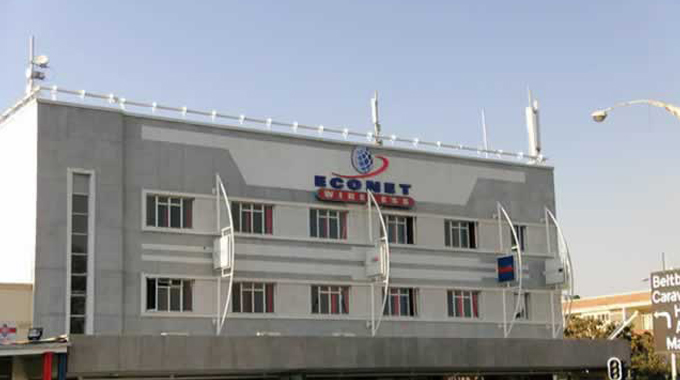Implications of corporate governance on financial reporting

By Alec Jemwa
THE question that baffles many people is: Why would it be important to study the financial statements of an entity?
The answer definitely depends on the particular interest of the user of these financial statements — whether you are a creditor, shareholder, potential investor, manager, government agency or a trade union leader. Short-term lenders such as banks are primarily interested in the entity’s ability to pay obligations on due dates.
In this case, we examine current assets and their relation to short-term liabilities to assess the short-term solvency of the company.
Shareholders, on the other hand, look more on long-term indicators such as capital structure of the company, past and projected income and changes in financial position.
Shareholders, or potential, are also interested in many of the characteristics considered by a creditor in the long term. As a shareholder, you should focus on revenues image because changes greatly affect the market price of the investment. They are also concerned about the entity’s financial situation as it affects indirectly the stability of income.
Readers of financial statements can gather information by examining the relationships between the elements of the situation and identify trends in these relationships.
Relationships are expressed numerically in ratios and percentages and trends are identified through benchmarking. One problem with learning how to analyse situations is that the means can become an end in itself.
Analysts could identify and calculate thousands of possible relationships and trends. If you only know how to calculate ratios and trends without understanding how they can be used such information is made less.
There is a relationship between corporate governance and financial reporting. A positive correlation between the variables of corporate governance and the cost of equity can be validated by empirical research for the stock market in many countries.
Obtaining private equity (PE) has a profound impact on the operation of entrepreneurial companies. Investors are active, financial intermediaries, operating in an environment characterised by extensive asymmetries of information leading to high adverse selection and risks of moral hazard.
Moreover, the lack of liquidity and non-reliability of PE investment firms creates idiosyncratic and high market risks. Accordingly, investors are active intermediaries, enabling them to reduce these risks.
As such, they occupy two distinct roles: one to monitor progress of the portfolio company and one supporting the company’s portfolio, thus affecting the corporate systems of government
Although the incontestable usefulness of financial reporting, it must be mentioned several limitations. The financial statements report on the past. The analysis of these data is an examination of the past.
When using such information in a decision-making process (forward-looking), analysts assume that the past is a reasonable basis for predicting the future. This is usually a reasonable approach but its limitations should be recognised.
The report also helps in identifying and analysing the strengths and weaknesses of a company’s present.
They can serve as “red flags” that indicate problem areas. In many cases, however, such analysis will not reveal why things are as they are.
Finding answers about “why” usually requires in-depth analysis and an awareness of several factors about a company that are not reported in the financial statements.
Another caveat is that a single rate itself is not likely to be very useful. For example, analysts can generally view the current rate of 2 to 1 (current assets are twice current liabilities) as satisfactory. However, if the media industry is 3 to 1, such a decision may be invalid.
Even given the industry average, it can be concluded that a private company to do well, if you know that the report of the previous year was 1.5 to 1. Therefore, to achieve meaning in rates, analysts need a standard with which to compare them. Such a standard can come from industrial environments, the amounts of previous years, a certain competitor or planned levels.
It is upon the integrity of the corporate governance system that the figures produced truly reflect the financial operation and position of the entity.
Alec Jemwa is the Technical Manager of The Institute of Chartered Secretaries and Administrators in Zimbabwe (ICSAZ). For your board induction and training, finance for non-finance people, corporate governance training contact ICSAZ on 242 700553-5












Comments